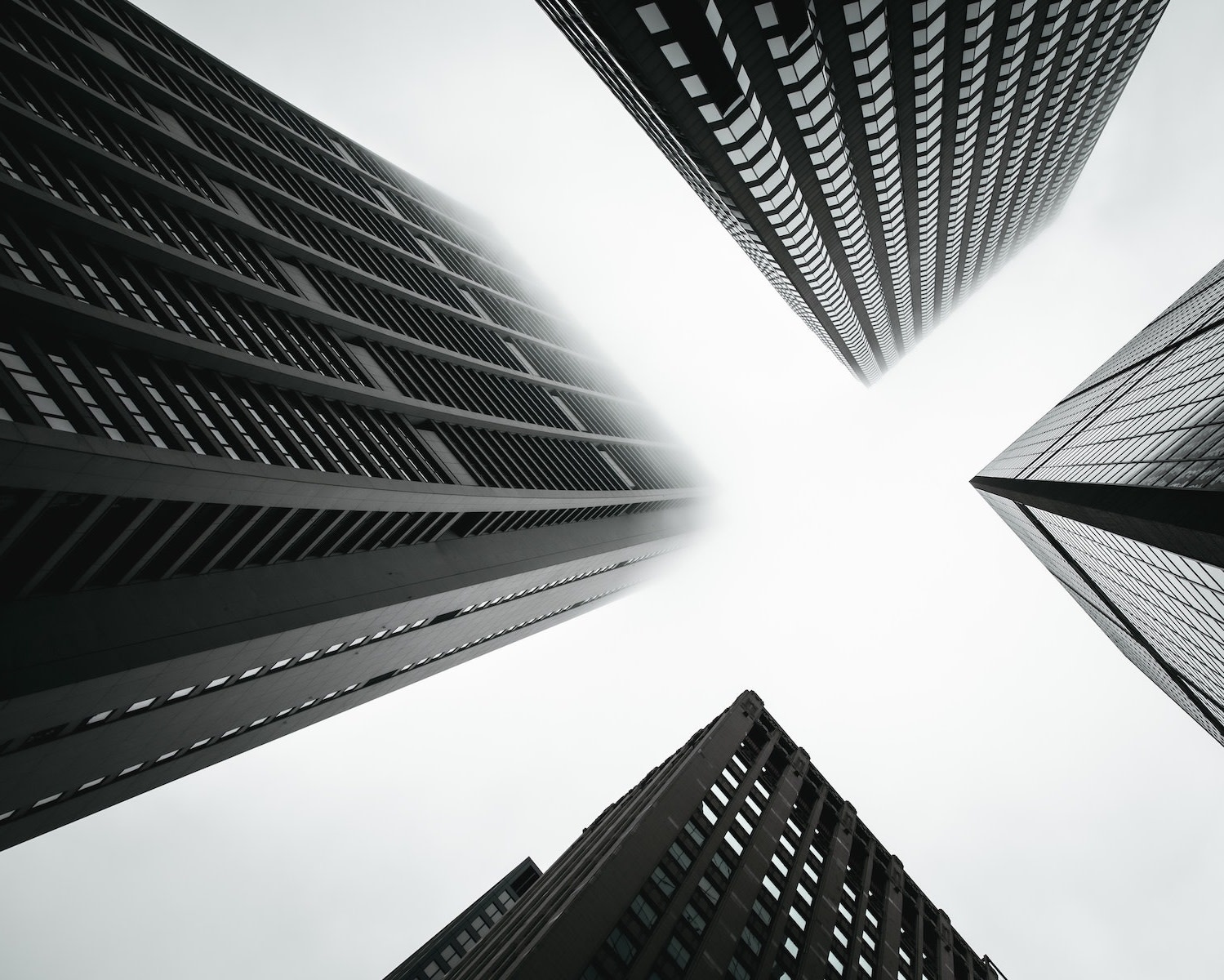How to Shoot Low Key Photography: 4 Tips for High-Contrast Photos
Written by MasterClass
Last updated: Sep 29, 2021 • 4 min read
If you’ve ever walked through an art museum and admired the darkly lit, moody paintings that are often on display, chances are you’d enjoy low key photography. Low key photographs are underlit images that feature dramatic contrast and dark colors. If you’re a novice photographer looking to explore new territory in photography, low key photography is an exciting style you might want to try.
Learn From the Best
What Is Low Key Photography?
Low key photography is a type of photography that uses mostly dark tones to produce high contrast, dramatic images. The compositional techniques demonstrated in low key photography trace their roots back to the Renaissance when painters started experimenting with a technique known as chiaroscuro to produce dark paintings. Low key images share a lot with chiaroscuro paintings and tend to incorporate less light than other photographs.
6 Pieces of Equipment You Need for Low Key Photography
Having the right equipment is very important before you start taking low key photographs. Below is a list of basic photography equipment you’ll want to invest in before your first shoot:
- 1. Digital camera: It’s important to have a basic DSLR digital camera or comparable mirrorless camera in order to photograph low key shots. These cameras will give you the ability to adjust camera settings including shutter speed and f-stop in order to get high quality low key photographs regardless of the particular lighting setup.
- 2. Black backdrop: A black backdrop is instrumental in shooting low key images, particularly a low key portrait. One of the most basic low key lighting setups for portraiture is to put some space between your subject and the backdrop and use a single light source from the side with your main camera flash turned off.
- 3. Studio lights: Low key studio photography doesn’t require nearly as many lights as high key photography, but it’s important to have a basic lighting kit before attempting low key photography. Make sure you have basic lights and strobes in order to get adequate fill light or backlight should you need them.
- 4. Reflector: A reflector can be very useful, especially if you aren’t working with very many lights or are shooting outside. Reflectors can expand the reach of studio lights and allow you greater control of your source of light. With a reflector, you can manipulate how shadows fall and which side of the subject is the best lit.
- 5. Speedlight: A basic speedlight is worth investing in to augment your camera’s built-in flash and give you another light source for both low key and high key images.
- 6. Softbox: A softbox is a versatile piece of photographic lighting equipment that can be used to facilitate a variety of lighting techniques. Softboxes are a nice source of ambient light and can be used for both low key and high key lighting.
3 Camera Settings You Need for Low Key Photography
One of the nice things about low key photography is that you have a fair amount of latitude to play around with camera settings. The main thing to keep in mind is that you want to limit the amount of light entering the camera lens while still keeping your subject visible. That being said, here are some baseline settings that you might want to start with and then change things up as you experiment:
- 1. Low ISO: Start with your ISO as low as it will go on your camera. This will ensure that your subject is dark but your image remains noise-free.
- 2. Low f-stop: Starting at a low f-stop will allow in a fair amount of light. As always, this is a baseline. Start with a low f-stop and adjust as you see fit.
- 3. Fast shutter speed. A fast shutter speed will keep your images on the dark side. You may run the risk of underexposure so play around with shutter speed over the course of your photography session.
How to Shoot Low Key Photography: 4 Tips
Having the right equipment and understanding baseline camera settings are very important, but most of the practical knowledge you need to shoot low key images will come through practice. That being said, here’s a list of photography tips that can help you as you get started shooting low key photographs:
- 1. Rembrandt lighting: Rembrandt lighting is a style of lighting named after the Dutch painter. Rembrandt popularized a style of painting where a triangle of light falls over the dark side of his subject. This produces darkly lit images with a variety of interesting shapes and textures. Rembrandt lighting in photography is best replicated by using a single light source.
- 2. Single light: Rembrandt lighting is one of a few lighting techniques that work well with a single light source. If you’re using one light when shooting low key, it’s important to keep an eye out for underexposure and adjust your camera settings accordingly.
- 3. Black and white: Black and white is a popular color scheme to work in when you are shooting low key photography. Black and white naturally accentuates the contrast between light and dark and can make underlit images more compelling because the small amounts of light draw attention to themselves in contrast to the black.
- 4. Editing: Editing and post-processing are incredibly important when shooting low key images. When you shoot low key, you run the risk of having images that are underexposed and subjects that are underlit. Using proper photo editing software can help tweak low key photos and get them to a place where they are clear but still dramatic and moody.
Want to Learn More About Photography?
Become a better photographer with the MasterClass Annual Membership. Gain access to exclusive video lessons taught by photography masters, including Jimmy Chin, Annie Leibovitz, and more.
